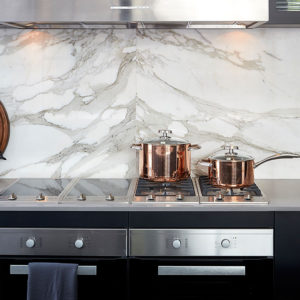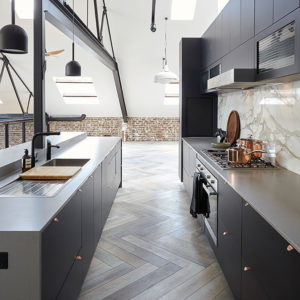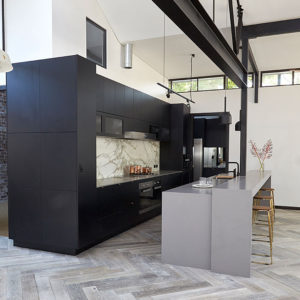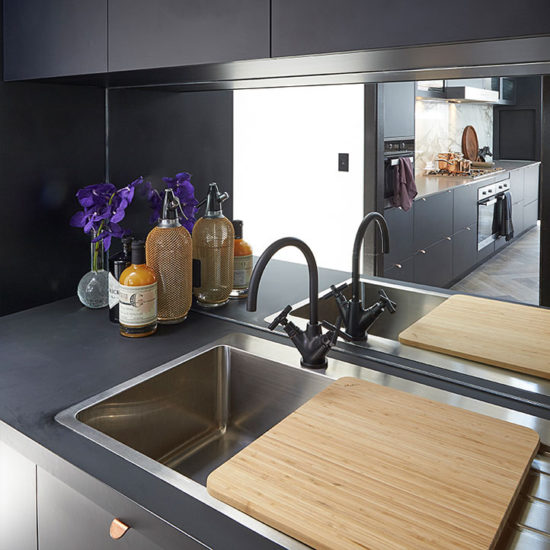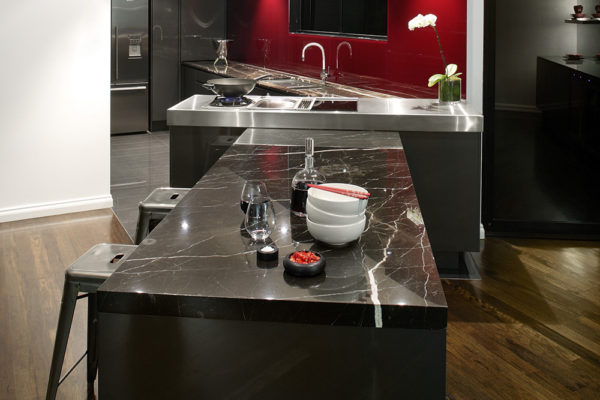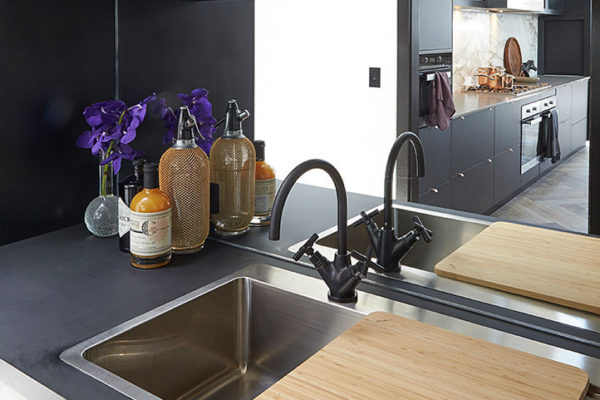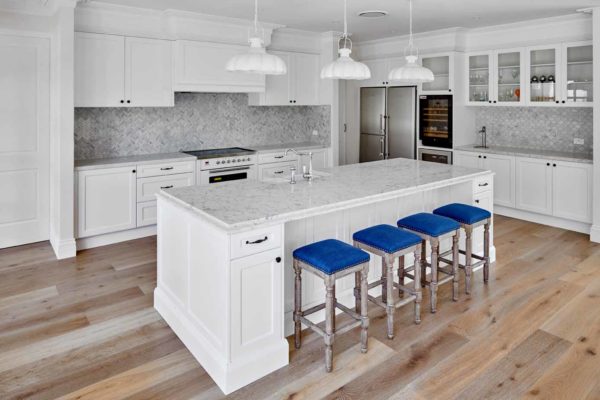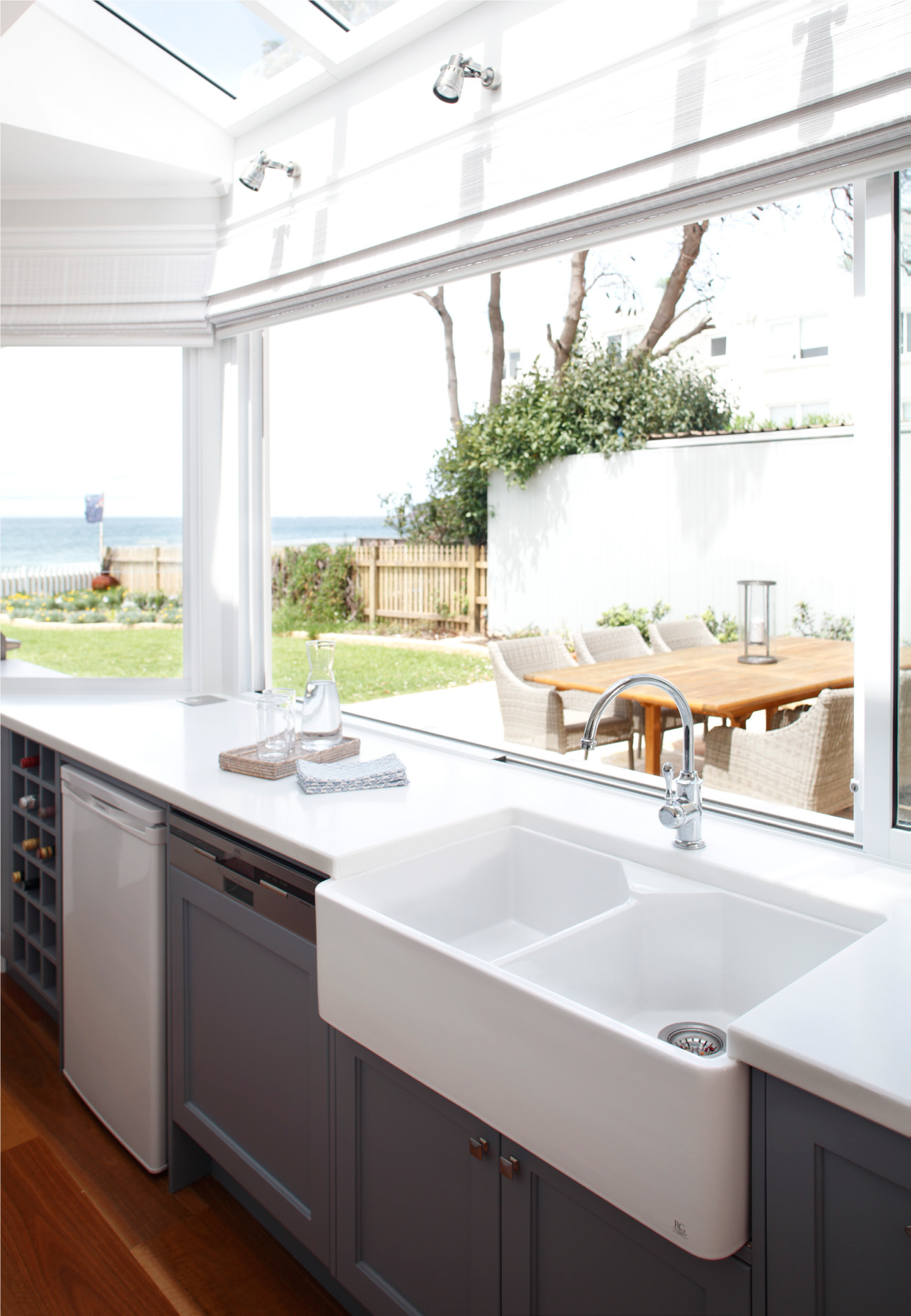
How the humble Butler brought the Farmhouse Sink all the way to Sydney
Whether you call it a Butler’s Sink or a Farmhouse Sink, it doesn’t really matter. Some people even call it an Apron Sink, but as soon as you mention it, anyone who knows anything about kitchen design will know exactly what you’re talking about.
It’s curious to learn how it came to go by so many different names, but what is really interesting is how it came to be here, amongst us Sydneysiders, and why it’s now such a strong design feature in today’s most stunning kitchens.
The sink has always been a focal point in any kitchen, especially when you have one that makes such a dramatic statement.
The Farmhouse or Butler’s sink has its origins in the 17th Century Europe when the good old kitchen sink was used for much more than just a few dirty dishes.
Back then, they were also used for preparing and boiling food and cleaning clothes, and for some households, they were even used to washing the children.
Any sink that is going to be put through that amount of work has to be durable and accessible. As there was no such thing as plumbing, these sinks also had the added bonus of having to consider water management more carefully. It was the availability of water in England and Ireland that forged the difference between the two main designs of Farmhouse sinks.
In Ireland, the people of Belfast had no problem getting access to water sources, so they weren’t too concerned with the prospect of wasting any.
Whereas in London, England, they had to source their water by boring down through clay. To find clean water, you had to dig deep. So water came with a hefty labour cost, which meant they had serious water usage issues and reclamation.
To conserve water, the London sink was smaller in-depth and had no overflow.
Today, these two designs have gradually morphed into many different variations, but one design feature that distinguishes this sink from any other is the front apron.
The front apron on a farmhouse sink protrudes forward, which allows the person standing in front to lean on it. The ergonomic design of the Butler’s Sink eliminates the need to hunch over the countertop by bringing the sink forward. However, with the modern invention of the dishwashing machine, most of us spend much less time hunched over a countertop scrubbing plates.
Originally, farmhouse sinks were designed to sit slightly proud to the front of the surrounding cabinets, so any water that flowed down the front of the sink would run directly on to the floor instead of dribbling down and damaging the cabinetry below.
They are also usually fitted just under the benchtop, so water from the benchtop can be wiped directly into the sink.
This is still how farmhouse sinks are typically installed in a kitchen today.
Most farmhouse sinks do not have a tap hole, so the tap needs to be positioned in the bench at the rear of the sink or the wall behind the sink.
So how did something that has such old-world charm become an item that can add character and a touch of sophistication to any modern-day kitchen here in Sydney?
The answer to that question is rather symbolic.
In the 17th and 18th Centuries, most of Europe was a population of have’s and have nots. The Butlers Sink became a symbol of wealth and sophistication as only the aristocracy were able to actually afford a Butler and their team (of cleaners) who, for the most part, had their own quarters and workspaces, including the “Butler’s Pantry,” which is where these sinks first came to be used.
Due to their intelligent and practical working-class design, these sinks soon became quite prevalent throughout France in the 19th Century, and then they went onto North America in the 20th Century, where they began to make their way into the homes of the middle class.
Here is where their story dwindles. As popular culture and mass production in the US came to trump European style and sophistication, so the Butlers sink gave way to cheaper, mass-produced overmount stainless steel sinks that most people are familiar with today.
Whilst these were inexpensive to make, and easy to install, the good old stainless steel overmount sink just didn’t take off as a design feature within any home.
It just doesn’t have the same history and cultural impact that the Butler’s or Farmhouse sink has. It’s not a feature within the room, and it doesn’t bring connotations of wealth, grandeur, history, and a dignifying style.
To this day, that is exactly what the Butler’s sink conjures up with its presence in the room. Beautiful, elegant and powerful, they absolutely make a statement, and can’t be missed.
If you’re thinking of using a Farmhouse or Butler’s Sink in your kitchen design, talk to our design team to get some tips on how to make the most of this wonderful piece of history in your home.[/vc_column_text]

